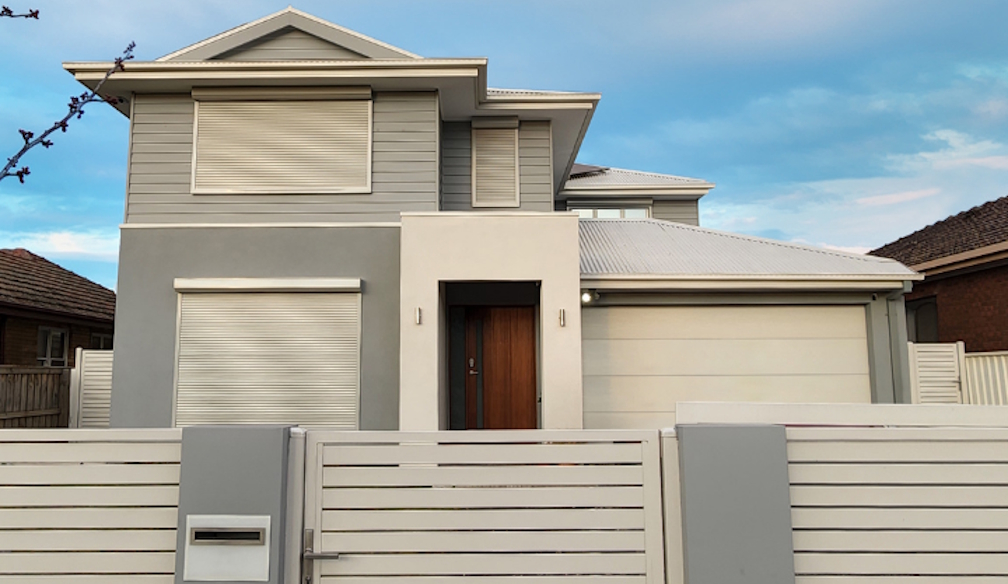Melbourne’s Burglary Boom: Break-Ins Surge Nearly 25%
- Written by The Times

Victorian homeowners are being warned to act now, as rising break-ins and falling arrest rates paint a worrying picture for suburban safety.
Melbourne residents are facing an alarming rise in break-ins, with new data revealing a 24.8% year-on-year surge in burglaries across the city and surrounding suburbs. Security experts are urging homeowners to take preventative action to protect their homes.
According to analysis by Titan Shutters, more than 416,000 burglaries were reported across Victoria between 2015 and 2024. Shockingly, over 320,000 of those cases remain unsolved. The Melbourne CBD continues to record the highest total number of break-ins, it’s the spike in suburban crime that’s raising eyebrows.
Suburban hotspots in the spotlight
David Spottiswood, Director of Titan Shutters said: “Armadale has seen a 113% jump in burglaries in the past year. Werribee’s up 111%, and Preston has risen by 105%. These are not fringe areas – these are family neighbourhoods.”
The analysis shows that two-thirds of all burglaries now target homes, not businesses.
“Criminals are going where they believe it’s easiest. Shops and offices often have strong deterrents –commercial locks, reinforced entries, alarm systems. But many homes are still relying on outdated or minimal security.”
Why cameras alone aren’t enough
For years, home security advice focused on installing cameras and video doorbells. But Spottiswood warns that these measures are no longer a strong enough deterrent.
“We’re hearing more and more cases where the crime was caught on camera but that didn’t stop it from happening. Footage might help with the aftermath, but it doesn't always prevent the break-in. That’s why we’re urging people to go a step further and install quality shutters, strong locks, and security doors. Make it harder, and you reduce your risk.”
Community concern is growing
Spottiswood says Titan Shutters has seen a noticeable rise in enquiries from residents concerned about safety. And while some are responding after a break-in, more people are beginning to take action in advance.
“There’s been a definite shift in awareness. The fear in the community is real. We’re getting more calls from families who want to know how they can protect their home.”
The message is clear: don’t wait
With home burglaries rising, and clearance rates dropping, experts are clear on what Victorians need to do next.
“Burglars are opportunistic. If your home looks easy to access, it becomes a target,” Spottiswood says. “The more barriers you can put in place the more likely they’ll move on.”

















